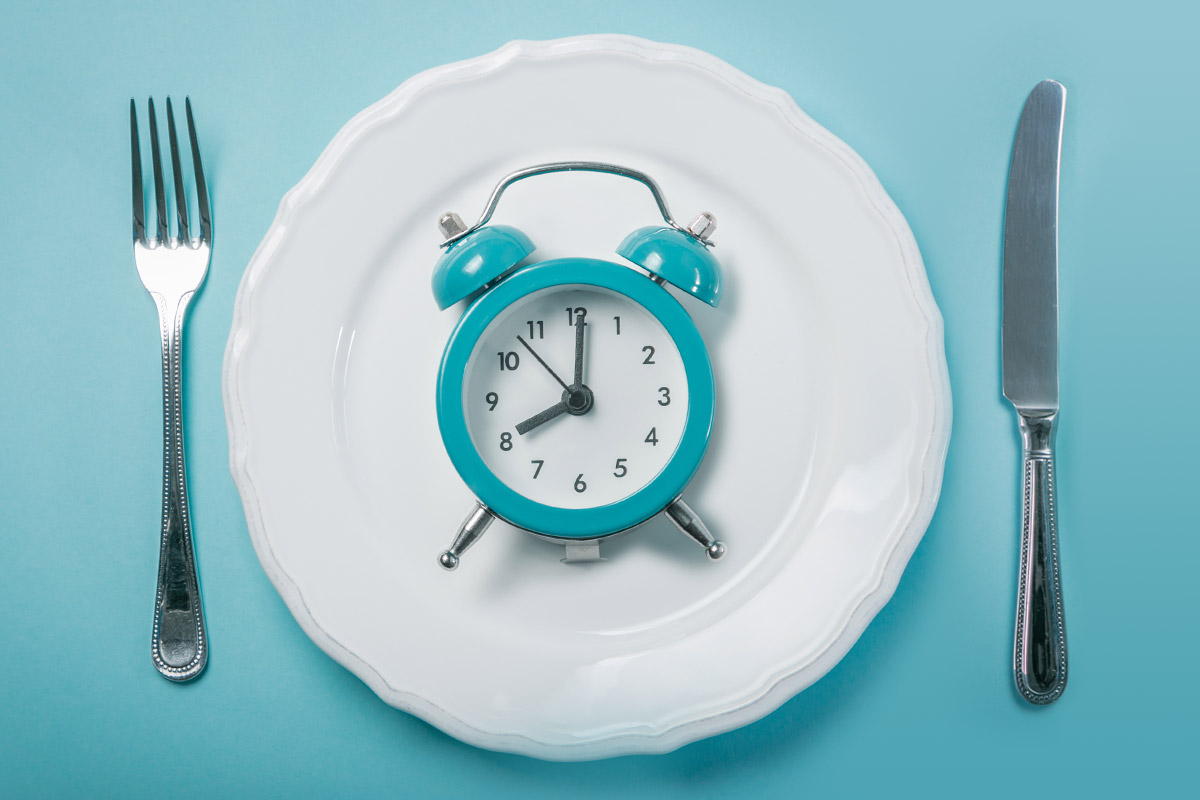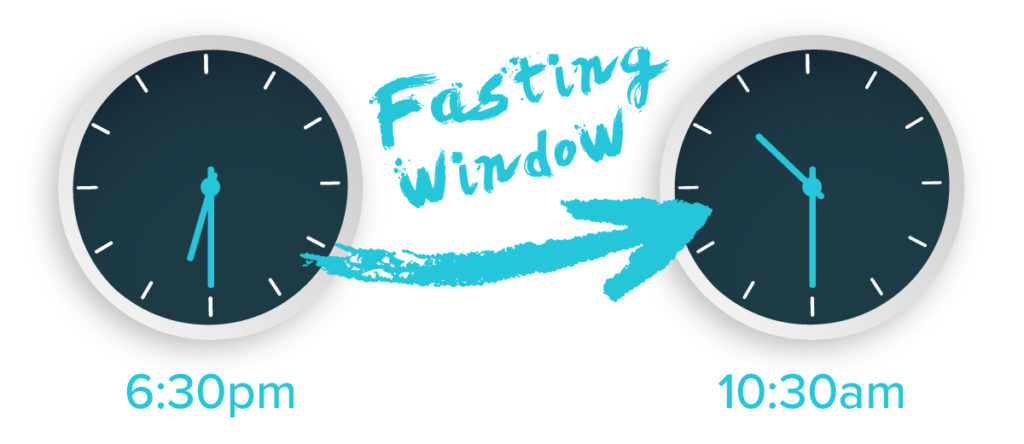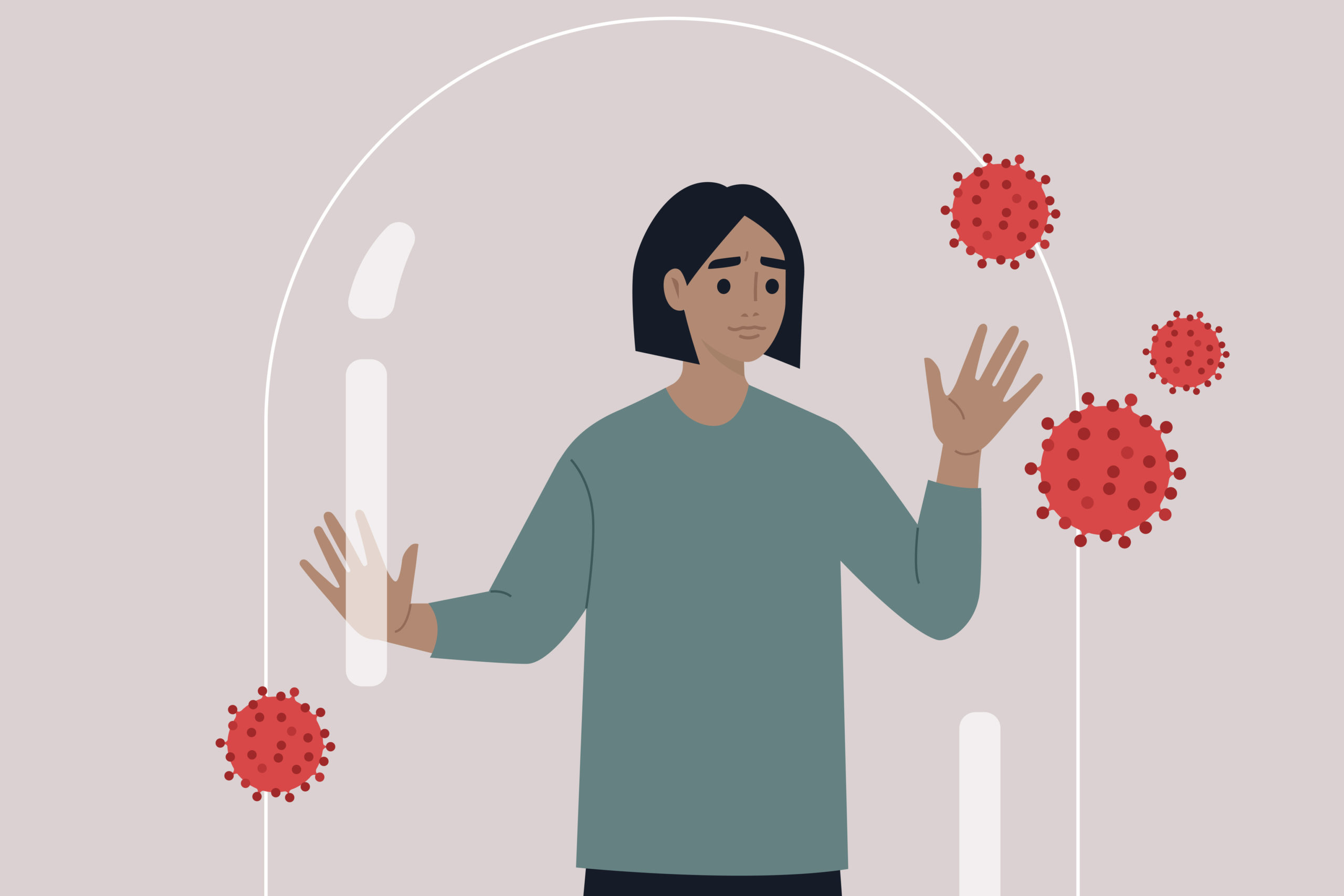Intermittent fasting is a growing trend for men and women. I have seen it deliver amazing results on my recent retreat and I have been inspired by my friend Andy who is looking lean and energised after becoming an evangelist for the benefits of intermittent fasting. The benefits of intermittent fasting can include:
- More energy
- Weight loss
- Increase in lean muscle mass
- Boosts the immune system
- Protection against some diseases due to increased cell renewal
- Reduction in stress and inflammation
- Improvement of insulin sensitivity in overweight women
- Help relieve depression
- Boost cognitive function
- Robust anti ageing as it regenerates your entire system
Even with all these benefits, intermittent fasting still remains controversial as many people think is it not safe to go without food for long periods of time. It has especially being seen as controversial for women as extreme-eating patterns can affect your periods and hormones.
Of course, your health and medical condition should always be taken into account, but the fact is humans have always fasted. Looking back in history you can see the natural origins of fasting. Cavemen would go long periods of time without food and then have a feast. It is also rooted deeply into many cultures and features in the bible and other religions. For many, fasting is a purifying experience.
What is intermittent fasting?
Firstly, let’s look at what intermittent fasting is and why it generates these benefits. Normal eating patterns revolve around 3 meals a day and a series of snacks – a sneaky bit of chocolate before bed, a packet of crisps, some fruit. This means the body is constantly digesting and taking nutrients from food which takes up a lot of the bodies resources.
Intermittent fasting means you stop eating for a fasting window and only drink water or healthy liquids such as herbal teas. The most common fasting window is between 12 and 16 hours although some people do water detoxes for many days. If you are doing intermittent fasting for 14 hours, this means you would eat your evening meal at 6.30pm and then not eat till 8.30 am the next day.
Most people find 12 hours fits easily into their lives but you can gradually increase the hours and find the one that is optimum for you. I know when my daughter goes 16 hours, the last couple of hours are a bit irritable. I find 14 hours works best for me.
You would then eat between 8.30 and 6.30 and repeat. When you fast, you give your body a break from digestion, freeing it up to focus on repairing and regeneration of the body. Plus, while in this fasted state your use body’s fat as energy, leading to weight loss.
Is intermittent fasting safe for mature or menopausal women?
With so many of us already struggling with menopause/hormone changes, hot flushes, sleepless nights and anxiety the last thing we need is a diet that intensifies the symptoms. All your hormones are interconnected so your diet and eating patterns can greatly influence your hormones. By fasting you will increase the production of the hunger hormones, ghrelin and leptin, which can make your periods more irregular (if you are still having them), increase anxiety and affect sleep.
During the menopause, women’s bodies are more sensitive to any changes, so it’s important to gradually build up the length of the fasting window. Test it out to see if fasting and consuming only fluids reduces your menopause symptoms or increases them. If it increases them, it is best to stop as it may not be for you.
Getting started with intermittent fasting
Here are some best practices to help you on a smooth fasting journey:
- Start off with a 12-hour fasting / 12-hour eating window
- Gradually try to increase the fasting window from 12 to 16 hours
- Avoid extreme fasting windows over 16 hours
- Drink lots of healthy fluids while fasting – herbal tea, water, clear soup
- Build up your exercise gently and listen to how your body feels
- Get some fresh air – walking, yoga and stretching all help you feel the benefits
Fitting in intermittent fasting with your life
There are many ways you can integrate intermittent fasting into your lifestyle, here as some of best ones that support the menopause:
12-16 Flexible Method
This is the easiest way to ease into intermittent fasting without upsetting your hormones. You can vary your fasting window and do not have to fast every day. You could choose to fast once a week or every other day.
Fasting Window: 12-16 hours / Eating Window: 8-12 hours
16/8 Method
If you want to experience a deeper intermittent experience and the benefits then try the 16/8 approach.
Fasting Window: 16 hours / Eating Window: 8 hours
5/2 and 16/8 Method
One approach is to include fasting into the well-respected 5:2 diet. On the two days a week that you consume the 500 calories, have this in an 8-hour window and fast for the rest of the time. Then for the other 5 days eat normally, with the 2 days with intermittent fasting.
Fasting window 16 hours for 2 days, normal for the rest / Eating Window: 8 hours for 2 days, normal for 5
Listen to your hormones
Many women find eating sugary foods and drinking alcohol too late at night can induce more hot flushes and night sweats. I certainly find when I eat clean and early in the evening my menopause symptoms disappear. The benefits of intermittent fasting can have a positive impact on my menopause symptoms. But everyone is different, so listen to your body. If you cannot sleep, feel anxious or it just does not feel right, stop fasting.
Intermittent fasting is just one healthy lifestyle option that can help in the menopause. Eating natural unprocessed foods, drinking lots of water and being active are all key. Intermittent fasting is something to try on top of this healthy living to boost how you feel.






